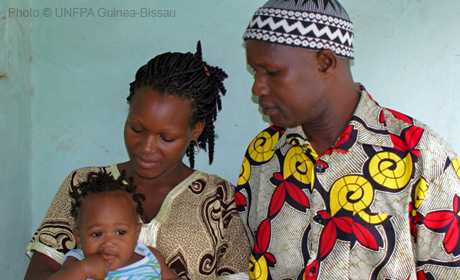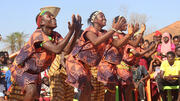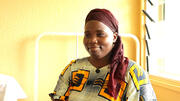-
Country Pages
-
Asie et Pacifique
- Afghanistan
- Bangladesh
- Bhoutan
- Cambodge
- Chine
- Inde
- Indonésie
- République islamique d'Iran
- République démocratique populaire lao
- Malaisie
- Maldives
- Mongolie
- Myanmar
- Népal
- Pakistan
- Papouasie-Nouvelle-Guinée
- Philippines
- Sri Lanka
- Thaïlande
- Timor oriental
- Viet Nam
-
Europe de l'Est et Asie centrale
- Albanie
- Arménie
- Azerbaïdjan
- Bélarus
- Bosnie-Herzégovine
- Géorgie
- Kazakhstan
- Bureau du Kosovo
- Kirghizistan
- Moldavie, République de
- Macédoine du Nord
- Serbie
- Tadjikistan
- Türkiye
- Turkménistan
- Ukraine
- Ouzbékistan
-
États arabes
- Algérie
- Djibouti
- Égypte
- Iraq
- Jordanie
- Liban
- la Libye
- Maroc
- Oman
- Palestine
- Somalie
- Soudan
- République arabe syrienne
- Tunisie
- Yémen
-
Afrique orientale et australe
- Angola
- Botswana
- Burundi
- Comores
- République démocratique du Congo
- Érythrée
- Eswatini
- Éthiopie
- Kenya
- Lesotho
- Madagascar
- Malawi
- Maurice
- Mozambique
- Namibie
- Rwanda
- Seychelles
- Afrique de Sud
- Soudan du Sud
- Tanzanie, République unie de
- Ouganda
- Zambie
- Zimbabwe.
-
Amérique latine et Caraïbes
- Argentine
- Bolivie, État plurinational de
- Brésil
- Chili
- Colombie
- Costa Rica
- Cuba
- République dominicaine
- Équateur
- Salvador (Le)
- Guatemala
- Haïti
- Honduras
- Mexique
- Nicaragua
- Panama
- Paraguay
- Pérou
- Uruguay
- Venezuela, la République bolivarienne du
- Caraïbes (multipays)
-
Afrique de l'Ouest et du Centre
- Bénin
- Burkina Faso
- Cabo Verde
- Cameroun
- République Centrafricaine
- Tchad
- Congo
- Côte d'Ivoire
- Guinée équatoriale
- Gabon
- Gambie
- Ghana
- Guinée
- Guinée-Bissau
- Libéria
- Mali
- Mauritanie
- Niger
- Nigéria
- Sao Tomé-etPrincipe
- Sénégal
- Sierra Leone
- Togo
-
- Accueil
- Les données
- Guinea-Bissau

UNFPA Guinea-Bissau
Since its independence in 1974, Guinea Bissau has experienced chronic instability, armed conflict and socio-economic challenges. Poverty afflicts nearly 70 per cent of the people. There has been progress in increasing contraceptive prevalence, but maternal mortality remains high and HIV rates have increased. UNFPA helps sustain focus on quality reproductive health care such as family planning and emergency obstetric services, and assists in the procurement of essential commodities to prevent and treat sexually transmitted infections. Assistance with the census ensures accurate data for policies and programmes, while engagement with youth and women promotes respect for reproductive rights.
Population
- Population âgée de 0 à 14 ans (en %)
- Population âgée de 15 à 64 ans (en %)
- Population aged 65+
Santé sexuelle et reproductive
- Part des naissances encadrées par un personnel de santé qualifié
Planification familiale
- Modern method
Éducation
Gender, Rights, and Human Capital
Pratiques nuisibles
Population Pyramid
Espérance de vie
Total fertility rate
nouvelles
Guinée-Bissau : un théâtre ambulant encourage les discussions et change les perspectives sur la violence basée sur le genre
BIOMBO, Guinée-Bissau – « La partie sur le mariage forcé m’a profondément émue, car je suis moi-même une victime de…
« Ma vie a complètement changé » : traiter les corps, les esprits et les vies affectées par la fistule obstétricale en Guinée-Bissau
BISSAU, Guinée-Bissau – « Je ne savais pas ce qu’était la fistule obstétricale, et encore moins qu’on pouvait la…


Réseaux sociaux
Tweets from UNFPATürkiye